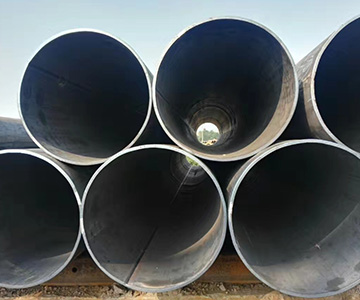
2025-11-21 Q690E straight seam welded steel pipe is a high-strength, low-alloy structural steel welded pipe widely used in engineering machinery, bridge construction, high-pressure vessels, mining equipment, and other fields. Its excellent mechanical and welding properties make it an indispensable material in
Read More 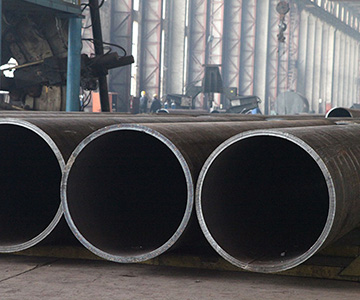
2025-11-20 As a high-performance steel pipe material, 750L high-strength straight seam steel pipe has been widely used in recent years in the petroleum, natural gas, chemical, power, and construction industries. Its excellent mechanical properties, weldability, and corrosion resistance make it an ideal choice
Read More 
2025-11-19 Straight seam steel pipes, also known as straight seam welded steel pipes, are steel pipes made by welding steel plates or strips along their longitudinal straight seam using a high-frequency welding process. As one of the most widely used basic materials in modern industry, straight seam welded ste
Read More 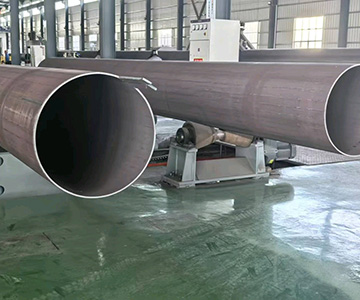
2025-11-18 As a high-performance pipe material in the field of oil and gas transportation, X460N straight seam steel pipe has become an important representative of the X46 steel grade in the API 5L standard due to its excellent mechanical properties and welding characteristics. This steel pipe, manufactured us
Read More 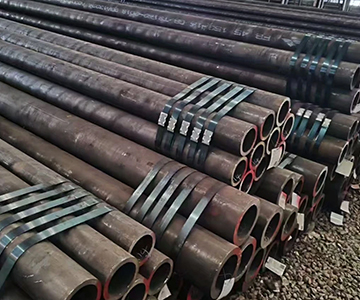
2025-11-17 Q460C hot-rolled seamless steel pipe, as a high-strength low-alloy structural steel material, has wide applications in the industrial field. With its excellent mechanical properties, good weldability, and formability, this steel pipe has become one of the preferred materials in construction, machine
Read More 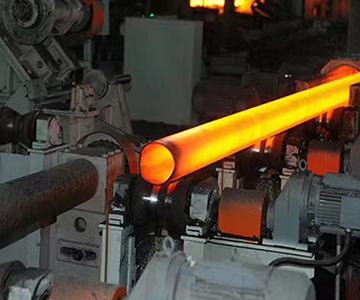
2025-11-14 15CrMo seamless steel pipe is a high-quality alloy steel pipe widely used in industries such as petroleum, chemical, power, and boiler manufacturing. As a low-alloy high-strength structural steel, 15CrMo seamless steel pipe has become an indispensable key material in industrial fields due to its exc
Read More 
2025-11-13 As a crucial pipe material in the oil and gas transportation sector, the performance and quality of X65Q straight seam steel pipe directly impact the safety and efficiency of energy transportation. With the continuous growth of global energy demand, X65Q straight seam welded steel pipe, due to its h
Read More 
2025-11-12 Q355C cold-drawn seamless steel pipe plays an indispensable role in modern industry as an important engineering material. With its excellent mechanical properties, good processing performance, and wide range of applications, this type of steel pipe has become one of the preferred materials in indust
Read More 






